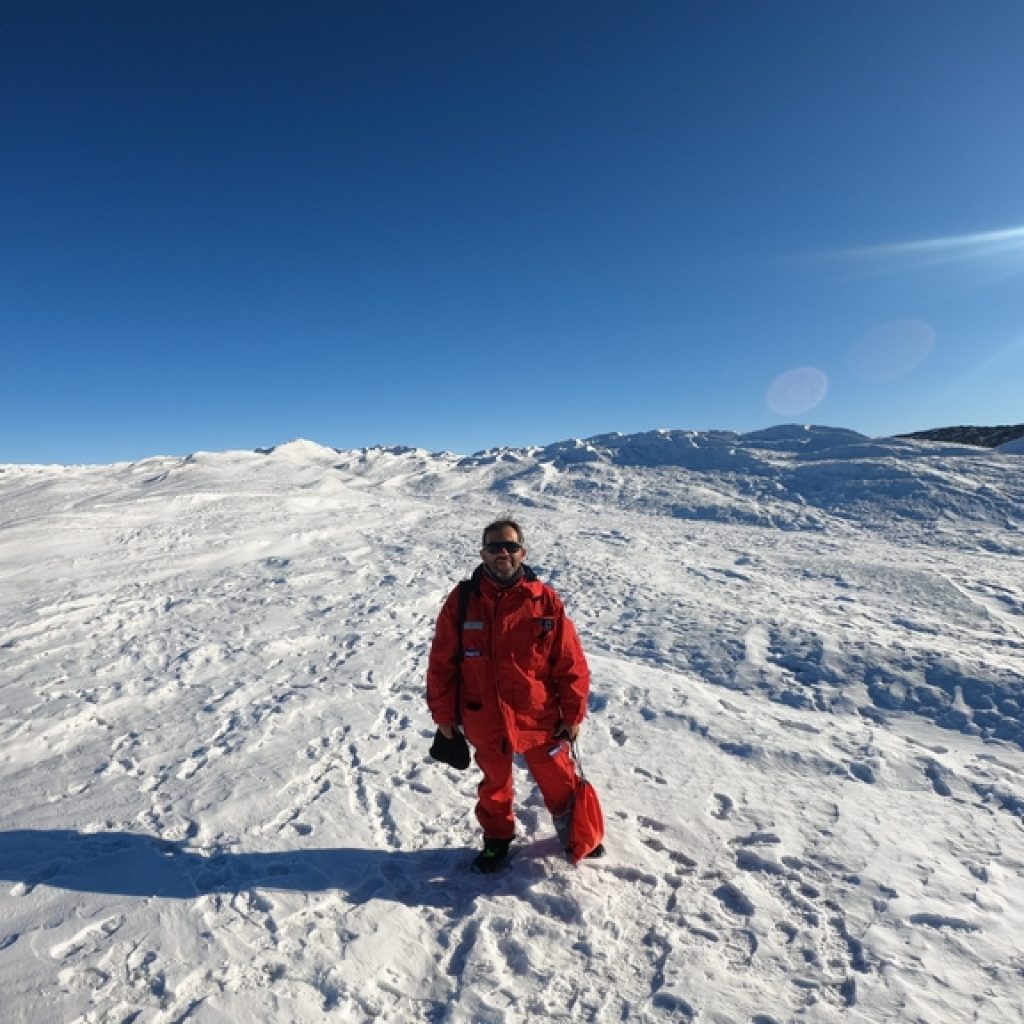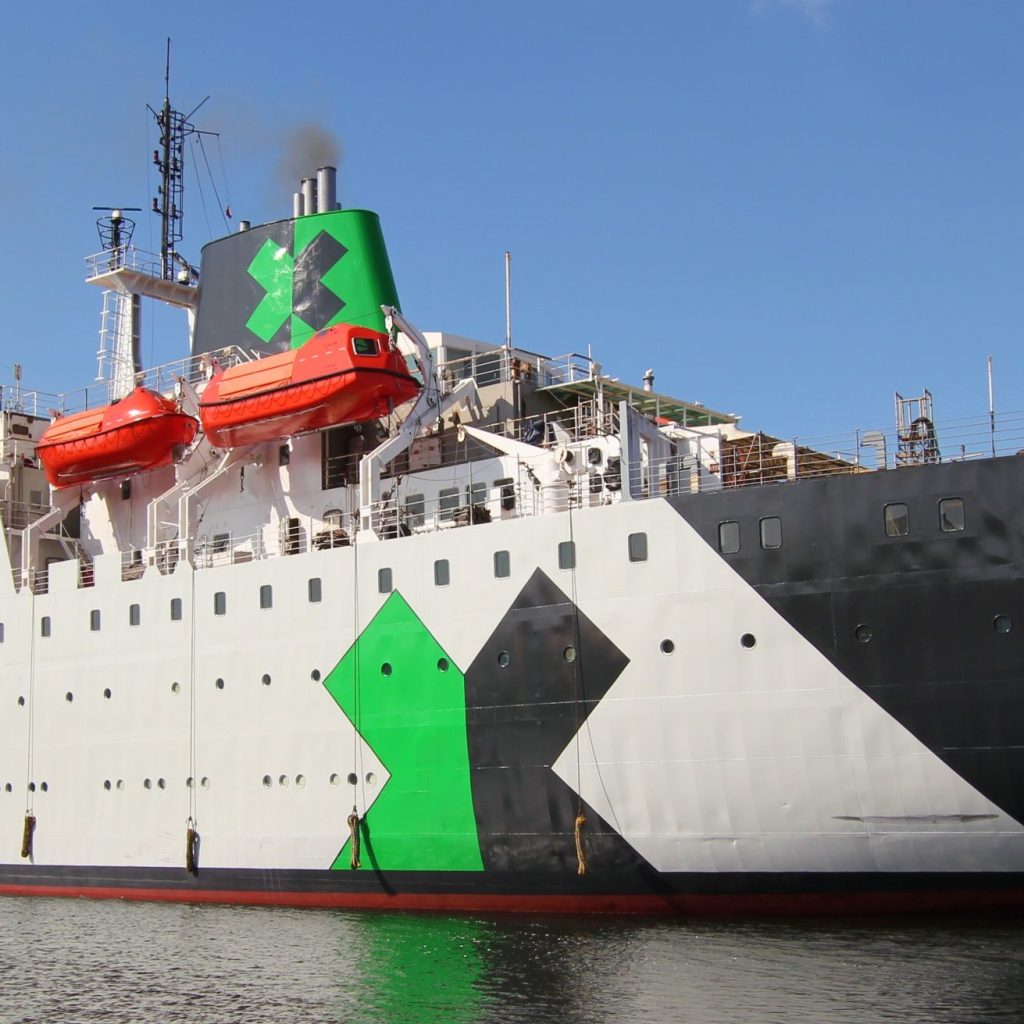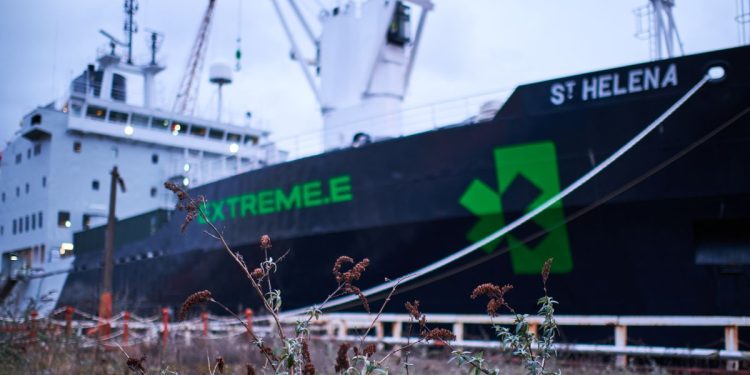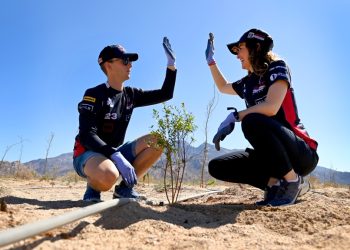Last year, ST. Helena, the ship used by Extreme E for transport and logistics of the championship was presented to the world. However, its work goes beyond transportation, as Dr. Giuseppe Aulicino, a scientist from the University of Napoli Parthenope, Italy, has been working on the ship’s facilities researching climate change.
Specifically on the melting of ice on polar areas generated due to the increasingly higher temperatures that the planet is reaching. Both in the Arctic and Antarctica, this phenomenon is happening at a faster rate generating multiple questions that are trying to be answered by the people in charge of the research.
Extreme E has become the perfect platform for this, since it was born as a result of the climate crisis with the intention of using sport as a window of awareness about the serious problems facing the Earth, and therefore, on board the ST. Helena is an oceanographic laboratory at Dr. Aulicino’s disposal.

Dr. Giuseppe’s project is entitled ‘E-SWIMMING’ (Extreme Sea Ice – Wave Interaction Monitoring for Marginal Ice Navigation), which was born out of the need to monitor the melting behavior and above all, how to reverse this situation that endangers the ecosystem.
Related content: ST. Helena, The Ship that will be part of “The Electric Odyssey”
For this reason, the first 100% electric SUV category spoke with the scientist about the importance of his research to combat the climate change effects.

“Warmer atmospheric temperatures are causing ice in the polar regions to melt. This is a clear signal that our climate is changing. Melting ice causes more freshwater to be added to seawater over the Arctic region, such as along the Greenland coast, which flows into the North Atlantic…”
“…The added freshwater makes seawater less dense, which influences ocean current patterns and potentially alters the balance of the global thermohaline circulation. Satellites help us monitor these changes and investigate what is causing them.”

E-SWIMMING works directly with satellites, including technology at its best to combat adversity. Making observations of the Greenland ice sheet and measuring salinity over the North Atlantic Ocean and Mediterranean Sea is intended to improve the ability of satellites to monitor direct and inferred climate changes.

Finally, Dr. Giuseppe spoke about the importance of the Extreme E ship in this whole process and how fundamental the category has become against climate change. “Although the St. Helena is not a research ship, as a scientist, I can say that it has been a very positive voyage. We collected 78 surface water samples over approximately 4,000 nautical miles. We covered very different areas, from the Greenland coast to the Azores, the Strait of Gibraltar and the Algerian Basin, crossing important oceanic structures.”
Written by | Ronald Ortega












